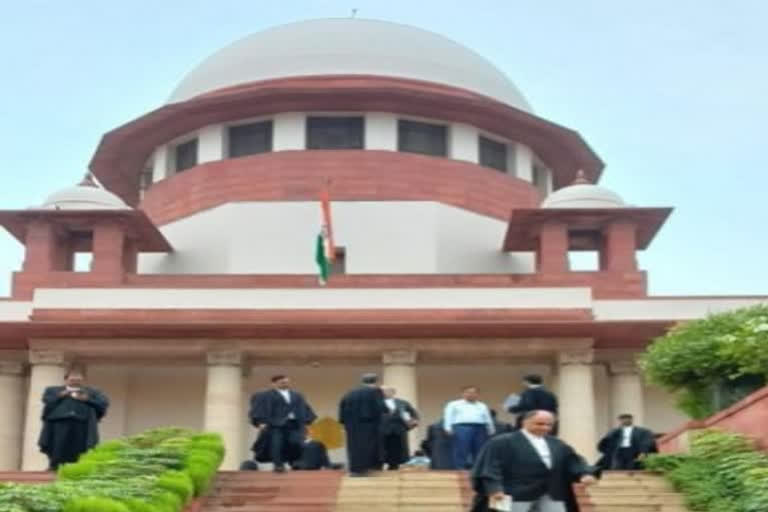Hyderabad: The Supreme Court, which on Thursday questioned the “hasty” process adopted for appointing Arun Goel as an Election Commissioner (EC), is said to have made repeated mention of T N Seshan, the former Chief Election Commissioner (CEC). Tirunellai Narayana Iyer Seshan is a name that is not very familiar to the current generation.
But it was a name that shook the country's politics in the 90s due to his reformative electoral processes much to the chagrin of the ruling party. Born on December 15, 1932, in the Palakkad district of Kerala, Seshan studied at Madras Christian College and taught there. Despite being selected for the police service, he succeeded in civils in 1954 and became an IAS officer of the Tamil Nadu cadre.
He completed his Master's at Harvard while being a collector. While he held many bureaucratic posts, it is his trailblazing tenure as the CEC between 1990 and 1996 Seshan is best known for. Once he took over as the CEC, Seshan immediately got the Model Code of Conduct implemented in letter and spirit in the poll bound states.
This included ban on leaders ferrying voters to the booths, on noisy political campaign rallies and on illicit liquor etc. Seshan is also known for making it mandatory to clean up walls and buildings defaced with parties' slogans. He enforced spending limits and required contestants to submit full accounts of their expenses for scrutiny by independent government inspectors.
He also prohibited election propaganda based on religion. The other landmark reforms undertaken by Seshan include issuance of voter ID cards, appointment of election observers from other states to states where elections are taking place, prohibition on the use of mics without permission. Understandably, Seshan, who earned applause for his reformative steps, also earned the ire of the ruling dispensation.
Also read: EC pays homage to Seshan; calls him an icon
During the tenure of PV Narasimha Rao, his cabinet members Sitaram Kesari and Kalpanath Roy were accused of influencing the voters. Seshan unanimously recommended to the Prime Minister that they should be removed from the cabinet causing an uproar. The ruling party demanded that Seshan should be impeached in the Parliament as he was acting “beyond his limits”.
In 1993, the government made the EC a three-member body and appointed two more commissioners and it was then perceived as an attempt to rein in the unpredictable Seshan. PM Rao appointed two more election commissioners MS Gill and GVG Krishnamurthy and tried to neautralize Seshan's influence. Seshan described the two commissioners as “donkeys” and prevented them from entering the office.
Their appointment was challenged in the Supreme Court, but the Supreme Court struck down the Seshan petition pointing out the constitutional provision that the Election Commission should be a multi-member body. Likewise, Seshan who took on the then AIADMK supremo Jayalalithaa was called arrogant by the latter.
But he earned the rewards too for his bold and reformative decisions during his eventful tenure as the CEC. Seshan received the Ramon Magsaysay Award for electoral reforms. He also entered active politics after retiring as CEC. In 1997, he contested against KR Narayanan in the presidential election but lost. In 1999 too, he unsuccessfully contested against BJP leader LK Advani on a Congress ticket in the Gandhinagar Lok Sabha seat.
He spent the rest of his life with his wife Jayalakshmi in an ashram in Chennai. Seshan passed away on November 10, 2019, in Chennai. The Supreme Court which on Thursday questioned the process adopted for appointing Arun Goel as an Election Commissioner (EC), said his file got clearances in "haste" and with "tearing hurry".
The Constitution Bench is hearing a batch of pleas seeking a collegium-like system for the appointment of ECs and the Chief Election Commissioner.



